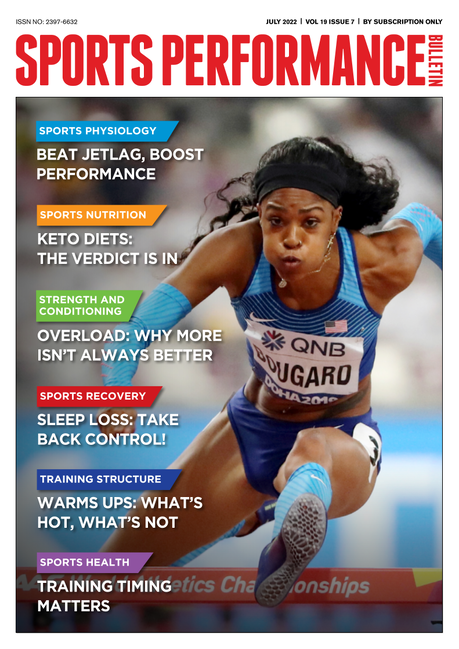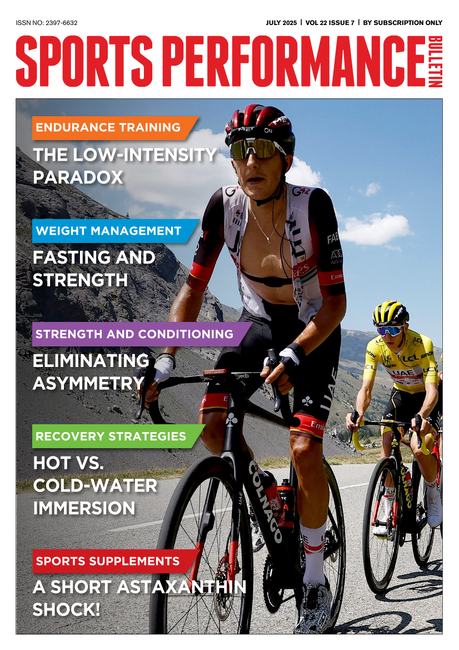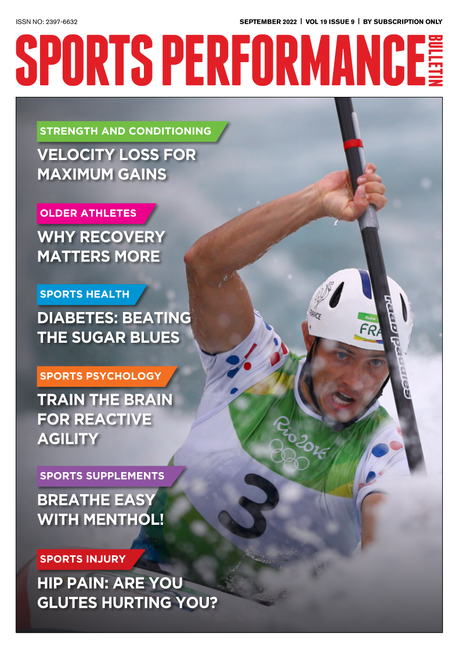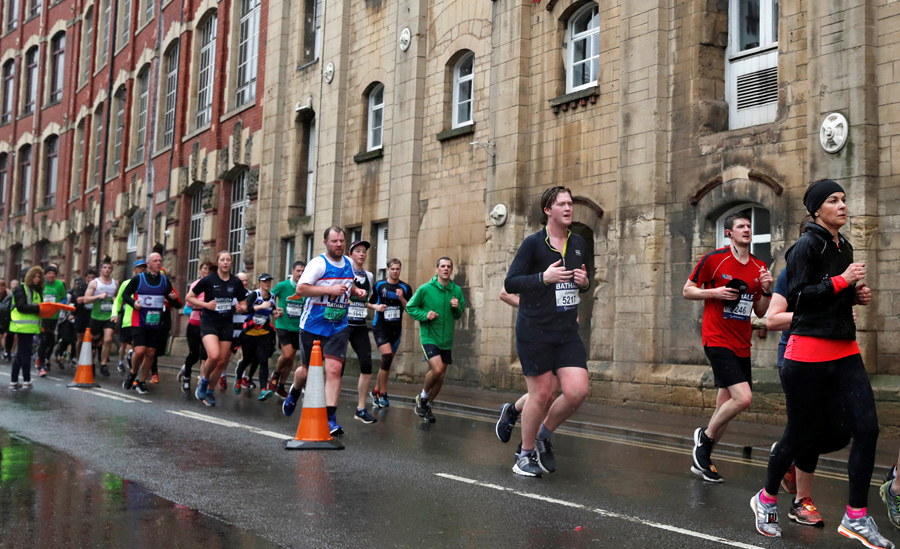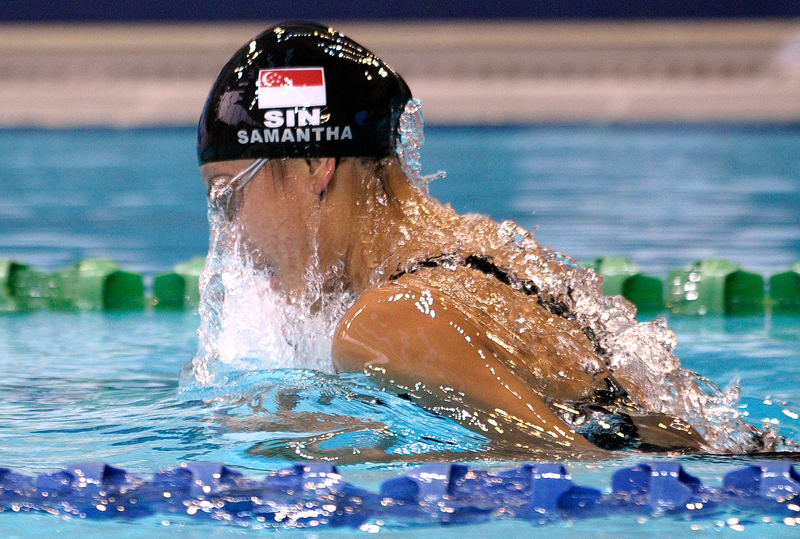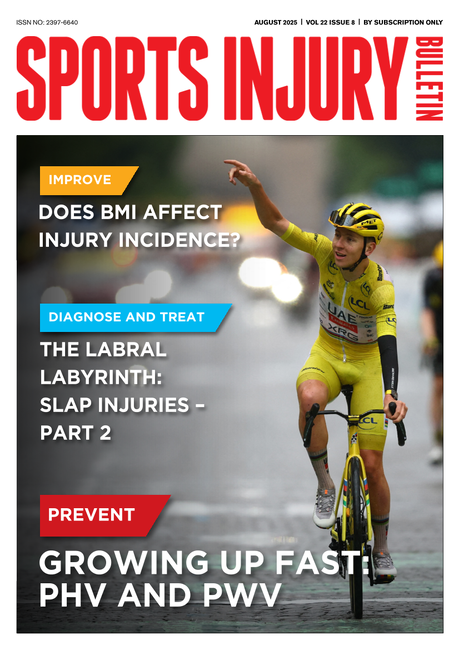Injury prevention: the Ys and wherefores of balance testing

As regular SPB readers will know, getting the best out of your training to produce maximum fitness and performance gains is not a straightforward process. Not only are there are endless permutations of training approaches that can be utilized, but you also have to know how to blend them together in a carefully designed program for success. However, no matter how knowledgeable you are and how meticulously planned your training program is, it can very quickly go to pot if an injury strikes. Quite apart from the fitness losses that occur as a result of detraining, being sidelined with an injury can also be very frustrating and stressful! As the old saying goes: “An ounce of prevention is worth a pound of cure”, so preventing injuries from occurring in the first place should be an important consideration in any training program.
Running and injury prevention
The prevention of injury is particularly relevant to runners, where the risk of lower-limb injury is comparatively high(1). For example, in a 6-month study of 87 recreational runners, at least one lower limb injury was suffered by 79% of the runners during the observation period(2). In another study of 583 habitual recreational runners, researchers found that over the 12-month observation period, 252 men (52%) and 48 women (49%) reported at least one lower-limb injury that was severe enough to affect running habits, resulting in a visit to a health professional, or requiring the use of medication(3). Among the wider running population as a whole, research suggests that the risk of sustaining a lower-limb injury can be anything from one injury per 147 hours of training to as high as one injury per 17 hours of training(1).
The question of course is how to reduce the risk of injury. At the heart of any injury-prevention strategy should of course be a properly designed program, which allows runners to adequately recover in between training sessions, and one that doesn’t increase either volume or intensity too rapidly, or suddenly introduce new challenges like large amounts of hill or off-road running. In addition, correct footwear is vital along with appropriate ancillary training such as stretching and strengthening to build as much ‘resilience’ as possible. But even when runners do all of the above, injury can strike – often completely out of the blue. The question then is whether there’s any way of predicting when an injury might strike – for example some kind of screening or testing procedure that runners can carry out for themselves?
The Y-Balance Lower Quarter (YBT-LQ) test
One screening test that has been the subject of extensive research in the context of injury prediction is the ‘Y-Balance Lower Quarter (YBT-LQ) test’. In this very simple test (see the excellent video below to understand how it is performed), the athlete being tested stands on one leg at the apex of the letter ‘Y’, which is marked on the floor with chalk or tape.
He/she reaches as far as possible with the other leg, lightly touching in each of the three directions of the Y shape along the lines that form the Y mark. These directions are (see figure 1):
· Anterior (forward)
· Posterolateral (backward and outward)
· Posteromedial (backward and inward)
Figure 1: The three directions of the Y-Balance Lower Quarter (YBT-LQ) test
You need to be logged in to continue reading.
Please register for limited access or take a 30-day risk-free trial of Sports Performance Bulletin to experience the full benefits of a subscription.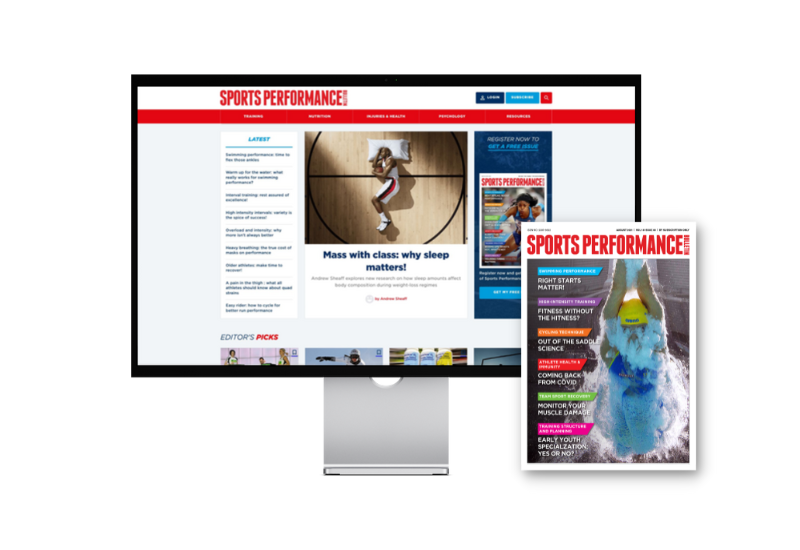 TAKE A RISK-FREE TRIAL
TAKE A RISK-FREE TRIAL
Newsletter Sign Up
Testimonials
Dr. Alexandra Fandetti-Robin, Back & Body Chiropractic
Elspeth Cowell MSCh DpodM SRCh HCPC reg
William Hunter, Nuffield Health
Newsletter Sign Up
Coaches Testimonials
Dr. Alexandra Fandetti-Robin, Back & Body Chiropractic
Elspeth Cowell MSCh DpodM SRCh HCPC reg
William Hunter, Nuffield Health
Keep up with latest sports science research and apply it to maximize performance
Today you have the chance to join a group of athletes, and sports coaches/trainers who all have something special in common...
They use the latest research to improve performance for themselves and their clients - both athletes and sports teams - with help from global specialists in the fields of sports science, sports medicine and sports psychology.
They do this by reading Sports Performance Bulletin, an easy-to-digest but serious-minded journal dedicated to high performance sports. SPB offers a wealth of information and insight into the latest research, in an easily-accessible and understood format, along with a wealth of practical recommendations.
*includes 3 coaching manuals
Get Inspired
All the latest techniques and approaches
Sports Performance Bulletin helps dedicated endurance athletes improve their performance. Sense-checking the latest sports science research, and sourcing evidence and case studies to support findings, Sports Performance Bulletin turns proven insights into easily digestible practical advice. Supporting athletes, coaches and professionals who wish to ensure their guidance and programmes are kept right up to date and based on credible science.

